
I had an idea once that I would write about things in Japan in a way that would make sense for everyone interested in understanding this profoundly surreal place. I'm not sure that is actually possible anymore. So I have resolved instead to ignore my ignorance and write about my confusion instead. Let's see how that goes.
So...
My office at Keio University is pretty new. It's not particularly special as architecture goes, just a generic concrete block. Still, with floor to ceiling glass walls facing onto a well maintained forest, the view is great. But two and a half years ago, when Japan was hit by a massive earthquake, I was looking outside the whole time. And the view was crazy. It was like sitting in one of those vintage cartoons, where Mickey Mouse is singing and the whole landscape and all the buildings in it are bouncing along wildly to some kind of mad tune or other. Manic is the word, I think. Perhaps surprisingly I was not worried about the building I was in, but watching cars bouncing so high the wheels were barely touching the ground has to be among the craziest things I have ever seen. The trees out the window were bending so much I was expecting them to tip over completely. More than that I was terrified that my kids school building, built in the 1960's, was not up to the job of keeping them safe.
Luckily everything was fine. We had it easy. I spent a night in a cot next to my desk because the trains were shut down (for just a day), and then we had about a week of shortages, starting with milk, then water, bread, rice, until finally it was impossible even to buy a bottle of coke, and the lines for gasoline were half a day long. That was resolved pretty fast, and then we had a couple months of rolling blackouts because the power grid was in crisis. Still the whole experience was not so bad compared to the serious disaster that hit the north part of the country. Which is why I have been reluctant to say much about it. Sure the nuclear scare at Fukushima was really very scary, and still is. But Japan has been relatively resilient. There are problems still, and there is no question the country has been changed. The country has introduced a Feed In Tariff for instance that has sparked a boom in solar power installations that is amazing. A few of my colleagues have even started companies to jump on the new opportunity. Yet things are otherwise much as they ever were in all of the meaningful measures, once we get past the zone of destruction. The future we are all talking about has shifted from reconstruction to the Olympics, and our university is beginning to look to other issues after almost continuous focus on recovery and bringing back what was lost. Which is actually what I want to write about today. Because even as bad as the disaster was, there are a lot of really tough problems the country is going to need to deal with in the next years as a whole, and they are just as important as the reconstruction - and much more important than the Olympic games.
One of the big problems is Japan's aging and shrinking population. It's off the charts already and getting worse every year. And architects and planners are going to play a big role in how we respond. The cities we live in now were designed for growth. What should our homes and villages look like when we're heading down the other side of the curve?
To answer that question, this year I am teaching a studio with Kazuyo Sejima and Hiroto Kobayashi, on the island of Inujima. As studios go, it is the first time in a while that we are not looking to find new ways to deal with disaster.
Our first class was last week and we were very lucky start things off with a tour of Inujima with Sejima, her engineer, and the project architect who did a lot of the heavy lifting for all of the installations on the island.
For those who aren't familiar with the place, Inujima is in the Seto inland sea, and forms part of the Bennesse Art Site which covers three islands. Naoshima is the largest, followed by Teshima and Inujima. Tadao Ando made the place famous at first, and Sejima and Nishizawa are continuing the work with a number of installations dotted amongst the old houses and villages.

 The islands are fascinating because they are perfect microcosms of Japan as a whole. The population is shrinking and aging radically, the schools are long ago closed for lack of children, and the old ways of living are being lost as the oldest members of the community die, and the youngest move away to the city.
The islands are fascinating because they are perfect microcosms of Japan as a whole. The population is shrinking and aging radically, the schools are long ago closed for lack of children, and the old ways of living are being lost as the oldest members of the community die, and the youngest move away to the city.
In the case of Inujima the population has gone from 3000 to 30 in about a hundred years.
The art project was started in order to revitalize the island communities, and it has been hugely successful. In the case of Inujima about 30,000 people are visiting every year. Which is an amazing figure considering that the normal population is so low - about a thousand people visit every year for each person actually living there. Such extremes may not be unheard of in Japan. In the area around Tokyo Station there are only about 10 people registered as residents, but the office population is in the hundreds of thousands. But for that kind of extreme population gap to exist in the countryside there must be a few consequences to think about as architects, planners, or promoters. There is a bit of a question about how connected the old community is to all the goings on, and whether the new reality is sustainable. For Tokyo the inbalance maybe is alright, but for Inujima it is useful to rethink what is possible.
That will be the goal of our studio this year. It is a bit of a paradox. Basically architecture has saved the day. Can it be used to make things even better?
Now for some architectural tourism. If you are in the area, I definitely recommend visiting. The projects by Sejima are all amazing. After hearing how they were built and the way the structure works I am even more impressed. The more I see her work the more respect I have for Sejma's efforts. but I'll let you judge for yourself.
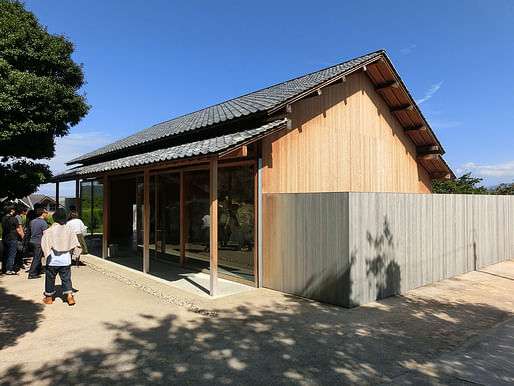
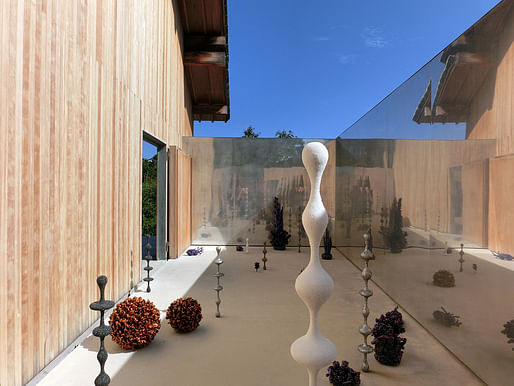
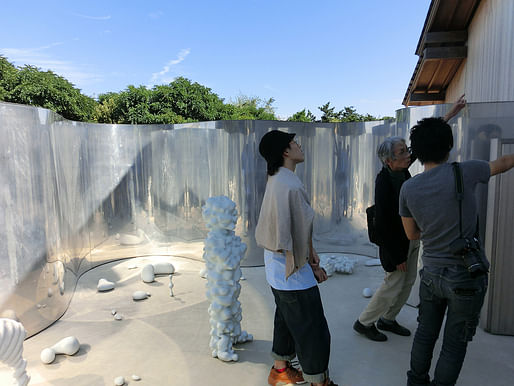

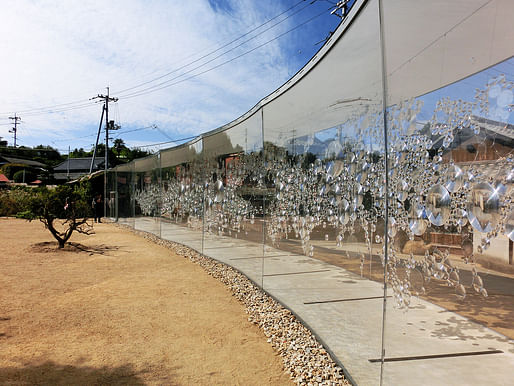
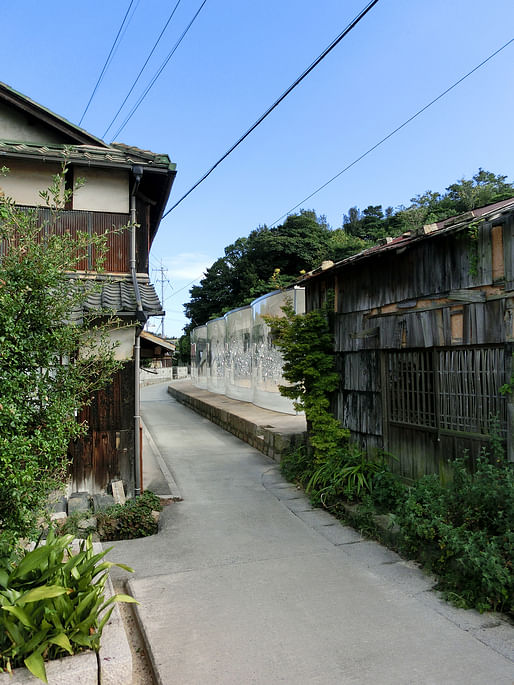

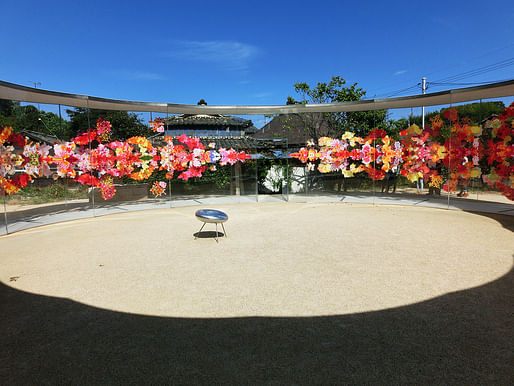


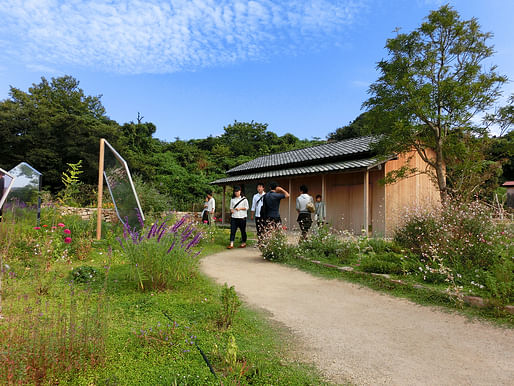

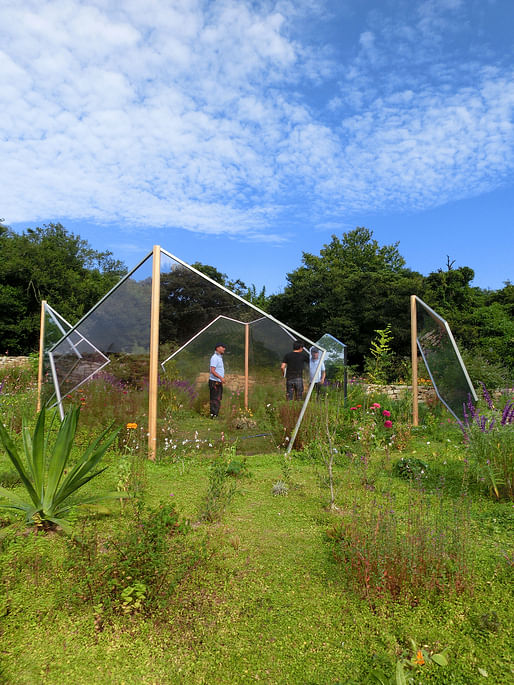
keio university's architecture program is probably the best kept secret in the country. Hidden away on a campus an hour from tokyo the curriculum is wide open and connected to a campus-wide project aimed at community-driven innovation. students of economics can take courses in architecture and vice versa but we all are expected to take part in real projects somewhere in the world. there are a few starchitects on the faculty but mostly we are hoping to make a difference.
2 Comments
Thanks Quondam.
Its a truly odd situation and hard to make sense of in many ways. Feels sort of dada, really. The average age of the residents is now around 70-something, so the future is even more uncertain. Without the art the future of the island would be worse, and situation today would be depressing. The question our students are coming to is whether normal residents will be part of the future, or if the entire ecosystem will be devoted to art and nothing else. Solutions come from there...I'm very curious to see what comes of their investigations. If it's good perhaps it will even become real.
not sure if life is designed or not in Japan. No more than anywhere else is my guess. You are right though anyway. Its like Venice or Milan, both cities entombed as living museums. Why do those places work and why do they seem to still have people living inside the exhibit, and still seem sane...
Block this user
Are you sure you want to block this user and hide all related comments throughout the site?
Archinect
This is your first comment on Archinect. Your comment will be visible once approved.